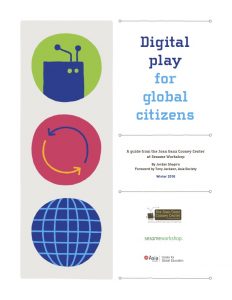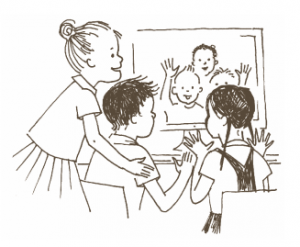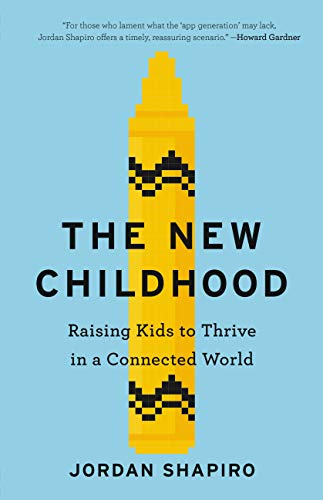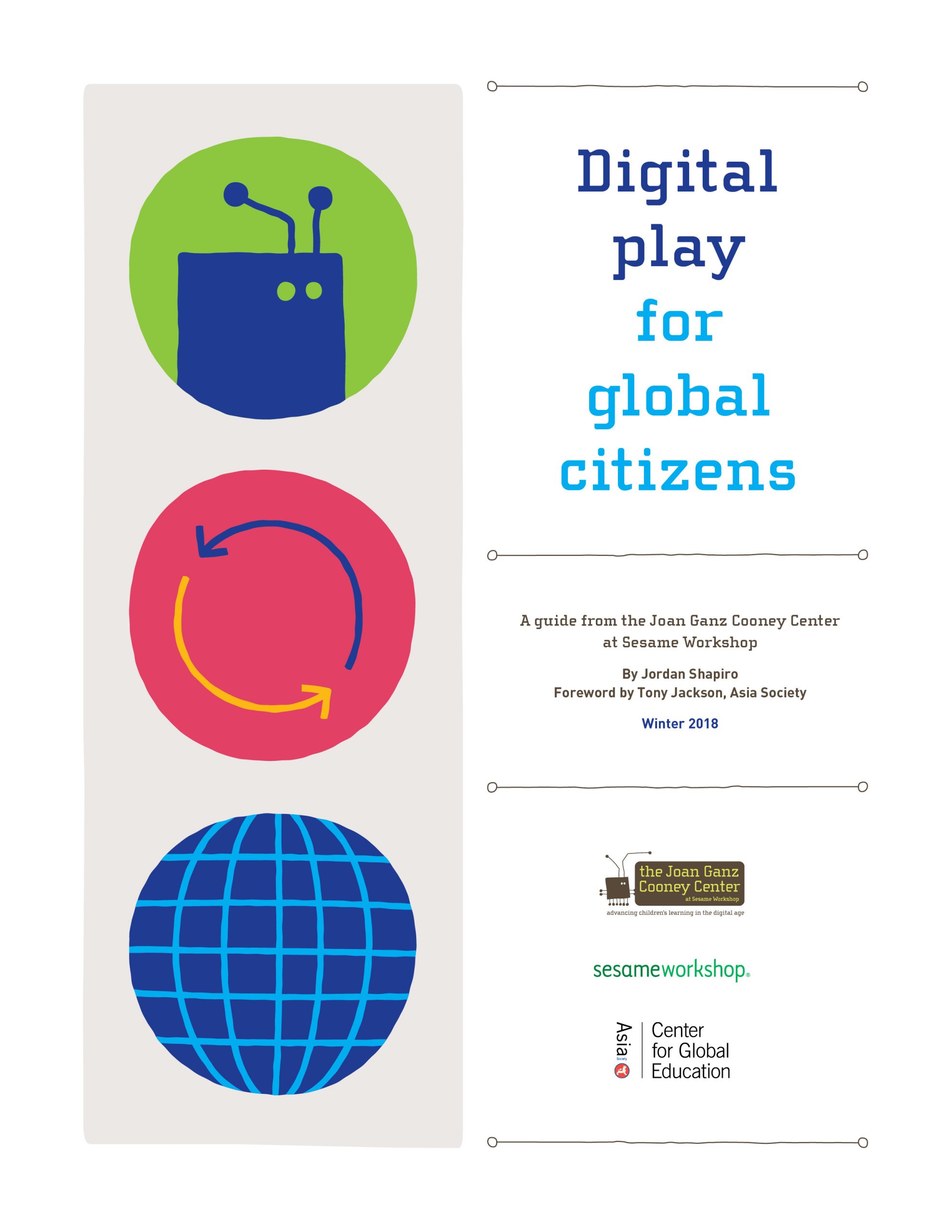Early this morning, I spoke to a friend in Bosnia and Herzegovina. Through my webcam, the Skype video was still a little choppy, but clear enough to recognize that we were each settled into different parts our daily routines (the time difference is six hours). I took sips from a big mug of coffee, the orange-yellow sunrise glaring in through the window to the right of my desk. For my friend, it was midday and he was nibbling on pita. Not the flat-bread that my kids and I like to dip into hummus, but a savory pastry pie that’s often called burek.

Today’s connection was so fast that it almost felt like we were in the same room. But in some ways, that made the experience even more strange. I was speaking in a soft whisper, trying not to wake my kids and conforming to the quiet stillness of the day’s pre-dawn hours. He was wide awake and energetic—Sarajevo’s light snow and freezing rain pattering against his windowsill. A few times, he called out to the person in the next room because, presumably, everyone there was already awake.
Digital networks bring us together technologically. Screen-to-screen can absolutely approximate the experience of a face-to-face conversation. But sending encoded signals back and forth across the planet is not identical to being in the same place. The Internet facilitates quick and efficient communication, but the affective stimuli, which shape our moods and dispositions, can often be disjointed and dissonant.
Zoom out from my personal experience and imagine all the qualitatively discordant connections which now expose people in faraway places—satellite signals, fiber-optic cables, television, and radio waves broadcast our differences to every corner of the globe. And things can become so quickly entangled that it’s easy to imagine that the World Wide Web was spun by an apathetic spider. We have all metamorphosed into global citizens of a connected world. But we’ve yet to unravel all the potential intellectual, social, affective, and emotional knots. So how will we prepare our kids?

To live and thrive in this new world—to confront and adapt to its unique frictions and challenges—today’s kids will need to develop a capacity for connected thinking and macro-mindedness. Distinct cognitive and social-emotional skills are the prerequisite for understanding rapidly changing geo-political climates, making sense of a globalized economy, and contributing to a worldwide community. So much so that the OECD recently developed a new two-part PISA assessment to evaluate “Global Competence.”
Their framework has four dimensions (see image, right):
- Examine local, global, and intercultural issues. “The ability to combine knowledge about the world with critical reasoning whenever people form their own opinions about a global issue.”
- Understand and appreciate the perspectives and world views of others. “A willingness and capacity to consider global problems from multiple viewpoints.”
- Engage in open, appropriate, and effective interactions across cultures. “Engage in respectful dialogue, want to understand the other, and try to include marginalized groups.”
- Take action for collective well-being and sustainable development. “Individuals’ readiness to respond to a given local, global, or intercultural issue or situation.”
I was happy to discover that these four dimensions were very similar to the competencies I had in mind when writing Digital Play for Global Citizens, a new guide from the Joan Ganz Cooney Center at Sesame Workshop and Asia Society’s Center for Global Education.
For a few years now, I’ve been visiting, consulting, and speaking with schools all over the world. And I often find myself wondering if current educational objectives are adequately anchored to a set of collective values. As a global community, we desperately need to figure out ways to be tolerant of diversity, respectful of difference, but also alike enough to manage constant connection. We need to find ways to mediate the tension between preserving heterogenous cultures and adopting homogenous protocols.
 That’s why I wrote this guide. I wanted to help grownups prepare kids for a world that’s governed by new technological, economic, and geopolitical paradigms. I wanted to introduce educators, youth development leaders, and parents to innovative tools which can help kids learn about, understand, and engage with our connected world. All the academic knowledge and vocational skills are useless if they can’t be leveraged by collaborative, caring, compassionate, creative, and confident global citizens.
That’s why I wrote this guide. I wanted to help grownups prepare kids for a world that’s governed by new technological, economic, and geopolitical paradigms. I wanted to introduce educators, youth development leaders, and parents to innovative tools which can help kids learn about, understand, and engage with our connected world. All the academic knowledge and vocational skills are useless if they can’t be leveraged by collaborative, caring, compassionate, creative, and confident global citizens.
But why a guide to digital play? Because digital play is the most appropriate way to teach these lessons. While today’s children are playing online, they are also learning to be comfortable with a specific technological worldview. They’re developing the confidence to easily operate and experiment with networked tools. They are applying higher order thinking skills within virtual environments. They are also becoming acclimated to subtle social cues and nuanced behaviors. They’re procuring habits-of-mind for a connected world.
The fields of child development and education are about how young people learn to make use of language, knowledge, and academic content within the context of lived experience. Although we often think of “context” as if it were some sort of abstract cultural or historical zeitgeist, the reality is much simpler. For humans, context is all about how we use specific sets of tools to intellectually, emotionally, economically, and materially fabricate our world. Digital tools are the new context.
From exploring boundaries, borders, and geography; to developing empathy and understanding of diversity; to fostering a sense of curiosity and wonder about nature; this guide introduces practical, ready-to-use resources and techniques for using digital play to promote global citizenship.




